Blockchain Gears Up To Conquer Ad Tech

The digital advertising realm is riddled with complexities and fraud, brought upon by intermediaries and hackers that ultimately put consumer privacy at risk. Blockchain technology shows immense potential in getting rid of these problems and changing advertising as we know it
How Does Blockchain Technology Work?
The blockchain is the technology that drives Bitcoin, a cryptocurrency that has recently seen a massive surge in value. While many remain skeptical about the wide scale application of Bitcoin, some experts believe that its biggest contribution thus far is its introduction of blockchain technology. Today, it seems that blockchain can be seen everywhere, thanks to the additional layer of security it provides.
Usually, blockchain is described as an immutable and decentralized Excel spreadsheet which contains a list of events or information called blocks. Additional data can be entered and transmitted without compromising security. Any block added to the chain can no longer be altered, making it an enduring source of truth.
All this sounds complex, yet early adopters leverage the technology to simplify the processes involved in advertising. For one, the need for middlemen will be removed to a degree. This is a welcome change for advertisers, who only get a fractional value of their investment because of the fees imposed by intermediaries.
Trust As A Driving Force
With a permanent record against which data can be compared accurately, it’s possible for one party to trust a transaction even without trusting the counterparty. This forms the building block for the technology’s application in the advertising field, and many companies have already jumped on the trend including Comcast and New York Interactive Advertising Exchange.
Several blockchain based start-ups are also emerging. The shift from traditional online and mobile marketing techniques to blockchain technology calls for revitalized digital advertising platforms. SmartyAds, for instance, makes it easier for advertisers and publishers to work together with their array of programmatic solutions for ad purchasing, advanced targeting methods, and detailed campaign reporting.
Early Trends
Perhaps the most widespread application for blockchain today is for securing the supply chain. Intermediaries can manipulate inventory, leading to inaccuracies and thousands, if not millions, of dollars lost. Third parties like ad-blockers also cause advertisers to invest money only to fail in reaching their desired audience.
By adopting blockchain technology, publishers and advertisers can use their unique blockchain keys to verify transactions. This prevents disreputable resellers from tricking buyers to purchase ads on clones of popular URLs. By looking at blockchain keys instead of domain names, all parties can trace back to the genuine source of the transaction and avoid scams.
The use of blockchain to facilitate data sharing is also becoming increasingly popular. Data can prove to be a company’s most valuable asset. Even when transacting with trusted partners, however, data transfer can be inefficient. Blockchain solves this by providing an accurate log of transactions, allowing companies to determine what data assets are taken by their partners.
A notable example of this application in action is the coalition of broadcasters created by Comcast based on blockchain technology. Prominent members of the coalition include Disney, NBCUniversal, and Cox. The members can share their data and monitor all the transactions in the blockchain. Smart contracts are used to manage the transactions. Conditions are specified in these contracts. When conditions are met, one member can gain access to the data of others.
Biggest Challenges
Blockchain offers promising solutions to the many problems in ad tech, but it still faces an uphill battle. Despite the growing hype, the technology is still in its infancy. The rapid development of programmatic solutions means many people realize the long-term benefits of jumping on the bandwagon, but some problems continue serving as a roadblock.
Since every transaction in the blockchain gets verified by miners around the globe, there’s a need for greater computing power to keep up with the increasing number of transactions. Yes, computers are becoming more powerful by the day, but one miner upgrading to a more powerful computer system will not do much in the grand scheme of things. Right now, confirming a transaction takes 10 to 30 seconds on average, which means blockchain isn’t suited for processing real-time advertising transactions.
Adoption and scale must also be overcome. To make the technology work, all parties must make the switch—and companies aren’t always open to changes, let alone something of this technical complexity. Clearly, there’s still a long way to go before every player invests enough time and resources to this new technology.
Summing It Up
It’s easy to see how blockchain technology can revolutionize the world of advertising. By using a decentralized ledger of transactions, advertisers and publishers can streamline what is currently a complex and inefficient ad buying process while maximizing the privacy of end-users.
Source: The Huffington Post, Vicky Law


